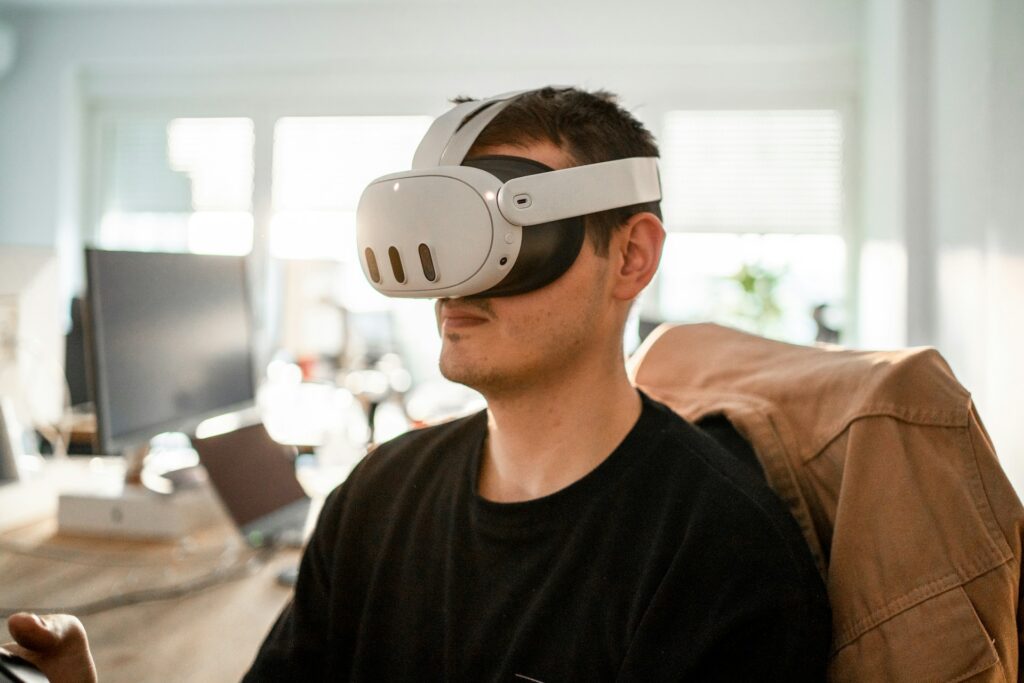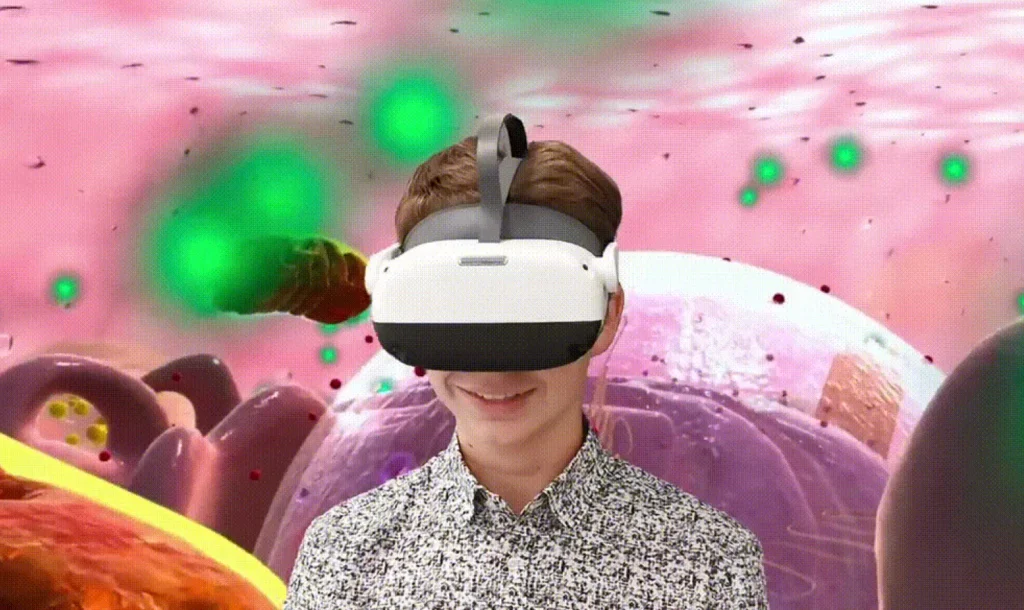

We often think of VR as a futuristic toy or, at best, a more engaging version of video games. But in reality, virtual reality has already crossed into very serious territory. It is now used to train surgeons, prepare new drivers for dangerous conditions, teach industrial workers to handle complex machinery, and help students grasp abstract scientific concepts.
This naturally raises an important question: when you master something in VR, how well does it transfer to the real world? Does the knowledge stick when the headset comes off, or does it dissolve once you’re back in the physical environment?
The truth is, VR doesn’t exist in isolation. Its breakthroughs in one industry — whether it’s aviation, industrial safety, or healthcare — inevitably influence how it is applied in education. At XReady Lab, we keep a close watch not just on school-based simulations, but on VR as a whole. To understand where learning in virtual reality is going, you have to look at the entire technology landscape.
A 2021 meta-analysis, Meta-Analysis Assessing the Effects of Virtual Reality Training on Student Learning and Skills Development, pulled together data from 31 studies and over 90 separate experiments. The findings were clear: VR can significantly improve technical skills, safety awareness, and learner confidence.

However, how well those skills carry over to the real world depends on several factors — the realism of the simulation, the complexity of the task, and how easily the learner can apply theoretical knowledge in unpredictable real-world conditions.
Think about teaching a new driver how to handle heavy rain, thick fog, or an unexpected obstacle. In real life, practicing those situations can be risky. In VR, it’s controlled and repeatable.
TeenDrive365 offers such scenarios, putting learners into challenging driving environments where they can test reactions without real-world consequences. Studies show VR-trained drivers often react faster and with more confidence. But the physical feedback — the vibrations of the road, the subtle shifts in vehicle weight — is still difficult to replicate perfectly, meaning real-world practice remains essential.
VR is proving highly effective in industrial training, where errors in the real world can cause costly delays or safety risks. Prysmian Group’s VR app simulates cable installation and maintenance. Workers can perform the procedures virtually, learning the correct sequence and safety protocols before ever touching actual equipment.
The meta-analysis showed that simulations like these often shorten training periods and reduce material waste while significantly increasing procedural accuracy. In industries where downtime is expensive, VR has become a cost-saving powerhouse.
In medicine, every mistake in the real world has consequences. That’s where Osso VR steps in, offering surgeons the ability to rehearse complex procedures repeatedly. From basic sutures to specialized orthopedic surgeries, VR helps improve accuracy and speed.
Research confirms that such practice builds confidence and competence, but certain tactile elements — the feel of different tissue types, the resistance of bone — are still beyond what VR can replicate fully. This makes it a valuable complement to, not a replacement for, hands-on surgical training.
For architects and designers, tools like Tilt Brush let them create and walk through a space long before construction starts. They can assess proportions, spatial relationships, and lighting in real time. While VR can’t fully capture textures, acoustics, or the way a space feels when filled with people, it narrows the gap between vision and execution in ways traditional models cannot match.
VR’s current limits — incomplete tactile feedback and missing environmental details — have a much greater impact in tasks where microphysical cues are crucial. For example, a surgeon’s skill may depend on subtle pressure differences, and a driver’s reflexes rely on real G-forces and vibrations.
In school science education, however, these physical factors are far less critical. When running a VR biology simulation on mitosis or experimenting with diffraction in VR physics, the priority is understanding the concepts and seeing processes in action. The educational goal is cognitive mastery, not muscle memory.
One of the strongest benefits of VR in the classroom is that it combines immersion with safety and repeatability. With XReady Lab’s AI Tutor, students can explore biology, chemistry, and physics in either VR or a web-based simulation, guided by prompts that help them think, not just click.
For example, they might design a virtual experiment to test how light wavelength affects plant growth, run the simulation, get results, then adjust variables and try again. This creates a controlled environment where they can plan, execute, and reflect without worrying about breaking lab equipment or wasting materials.
The AI Tutor goes beyond giving answers. It helps students identify where they went wrong, encourages them to try alternative approaches, and keeps frustration from turning into disengagement. Over time, this builds the same executive functions — planning ahead, emotional regulation, impulse control — that are essential in both academics and real life.

High-risk, high-skill fields like driving or surgery: VR is a safe way to prepare for rare or dangerous scenarios, but must be followed by real-world application.
Technical procedures like industrial operations or equipment repair: VR can teach most of the required skills before learners ever touch real tools.
Concept-driven fields like STEM education: VR can fully achieve its learning goals without needing to perfectly replicate the physical feel of the task.
As VR headsets improve, haptic feedback becomes more advanced, and AI tutors become increasingly adaptive, the gap between learning in VR and performing in real life will continue to shrink. For now, the key is to use VR where it brings the most value — situations where safety, repeatability, and immersion lead to better understanding and stronger skills without creating a false sense of readiness.
VR is not a replacement for real-world practice, but it is one of the most powerful bridges we have between theory and application. Whether it’s a student mastering diffraction in a VR physics lab, a surgeon rehearsing a delicate operation, or a teenager learning to handle icy roads, virtual reality — paired with intelligent guidance — gives learners a head start before they ever face the real thing.
Frequently Asked
We prodive VR biology, VR physics, and VR chemistry simulations. Please, check our catalog.
Please, fill the form to get demo labs for free.
Please contact our customer support service at support@xreadylab.com or book a call with the team to find out the conditions and book the VR class set up at your school.
Subscription to XReady Lab interactive VR labs. If you are a school, then you are also given access to the VR classroom system. VR class system helps you easily launch VR lessons for a large number of students, follow the experience of each student, as well as customise the content without developers.
We adhere to the world’s generally accepted recommendations and research. Our products are suitable for children from 12 years old.